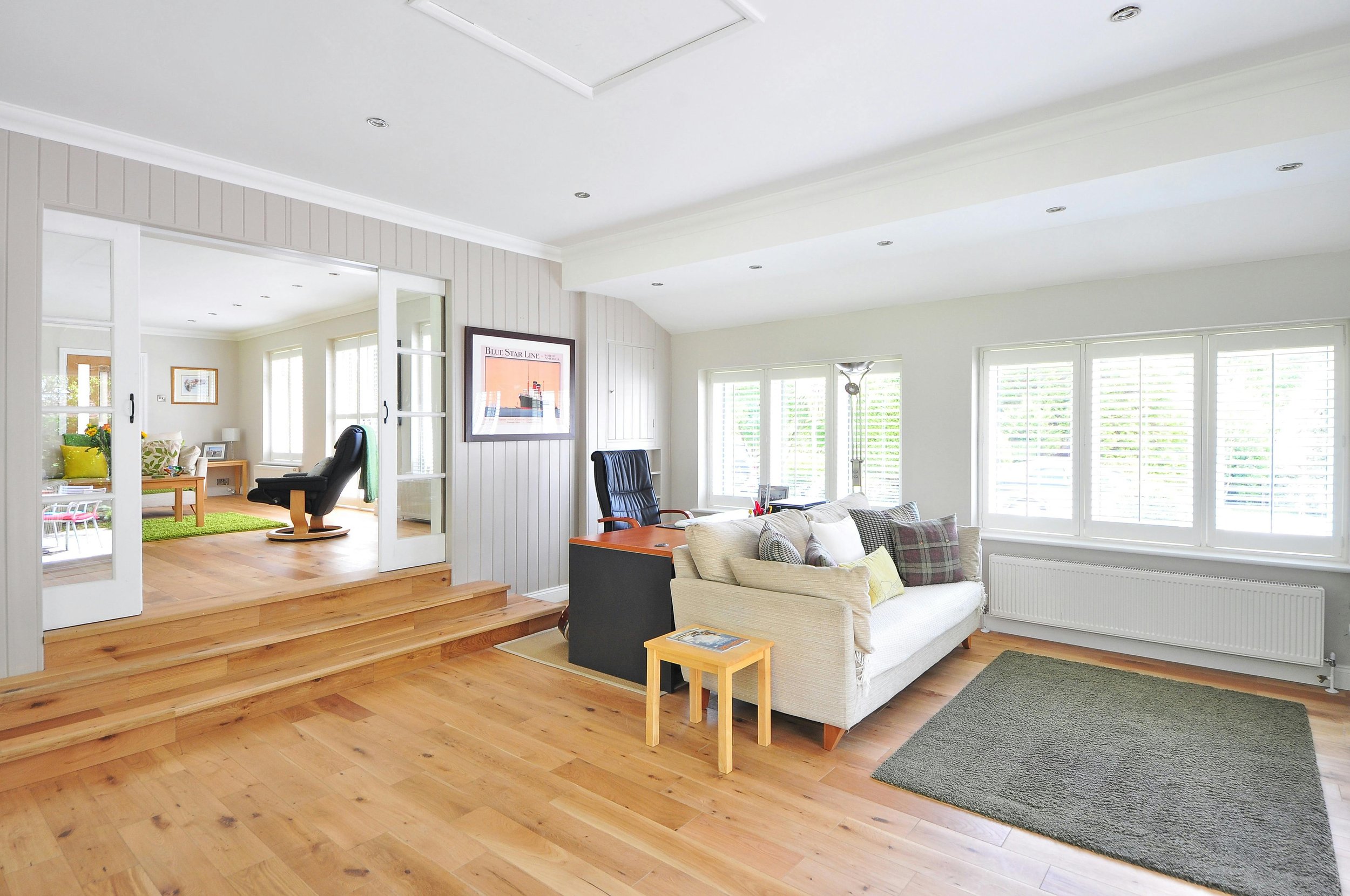Constructing your first home can be an exhilarating yet overwhelming process. With many choices to make, from choosing the best design to managing a financial plan, the process can feel daunting. However, with the right direction, you can navigate through the complexities of home building with confidence. This comprehensive manual is specifically made for first-time homebuilders, providing a clear roadmap from planning and design to the last touches before moving in.
Whether you are debating between building a custom house or opting for a ready-made model, understanding the details of the building process is crucial. You will learn about the different stages of construction, how to choose the most suitable resources, and the importance of intelligent home technologies. Equipped with information about budgeting and financing, as well as tips on preventing typical errors, you will be ready to create the home of your dreams. So prepare your sleeves and let us begin on this exciting adventure together.
Grasping the Homebuilding Process
Building a fresh residence is this exciting venture which includes various stages, starting from the design and planning to final finishing touches before taking possession. The housing process generally begins with determining one's expenditure, choosing a fitting lot, and employing a designer or builder. Throughout this initial stage, one must essential for you to collect all needed data regarding zoning laws and building permits, making sure that one is on schedule for a hassle-free construction journey.
After the blueprints are approved, this construction stage begins. https://longshaw.com/southern-highlands-new-home-builder/ includes establishing a base, constructing a building, setting up pipes as well as wiring, and finishing both the exterior and inside details. Every step in the process needs thorough care to details as well as conformity to deadlines, since setbacks may result in increased financial burdens along with extended timelines. Staying knowledgeable and actively engaging alongside your builder may assist reduce potential problems.
Ultimately, this construction process wraps up with final checks, adjustments, along with the significant walkthrough before taking possession. This stage provides you to verify that everything satisfies your requirements and conforms with the mutually agreed standards. With comprehending these intricacies of the homebuilding process, new builders can steer through their project with confidence and accomplish the home of their dreams dream home.
Financing and Budgeting Your Build
Creating a reasonable budget is crucial when preparing for your new home construction. Begin by determining the total costs, which include land, supplies, workforce, and permits. It's necessary to consider additional expenses such as landscaping, services, and furnishings. By calculating these costs in advance, you can avoid unexpected costs later in the process and ensure that your ideal house remains within budget.
When it comes to funding your project, multiple options are available to first-time builders. Building loans are particularly designed for constructing homes, allowing you to borrow funds in increments as each step of construction is finished. Research lenders who specialize in construction financing and compare loan rates, loan terms, and charges. Make sure to gather all necessary documents to streamline the application process and boost your chances of approval.
Unexpected costs can sneak up on you during the construction process, making it critical to factor in buffer costs in your budget. These can include site preparation, changes in material prices, and unforeseen repair work. Set aside a percentage of your budget—generally 10 to 20 percent—to cover these possible overruns. By being proactive and planning for possible extra expenses, you can better control your finances and keep your project on track.
Selecting Suitable Materials and Style
Selecting appropriate materials as well as design for a new home is crucial for both aesthetics as well as functionality. Start by considering the climate plus environment; materials must endure local weather conditions. For illustration, long-lasting materials like stone or stucco can provide better insulation in frigid areas, while wood offers a traditional look and natural warmth. Researching the latest design trends can also inspire your choices, facilitating you to create a space that is simultaneously modern plus personalized.
When it comes to external finishes, examine the choices available plus evaluate the pros as well as cons. Stone is known for its endurance and low maintenance, while wood offers a timeless appeal but may call for more upkeep. Stucco provides a versatile as well as stylish appearance but should be suitably treated to prevent moisture problems. Whichever your choice, ensure it aligns with your design vision, budget, and maintenance needs.
The interior design should also reflect your lifestyle and preferences. Think about energy-efficient materials to lower utility bills, plus choose flooring solutions that combine style with durability. Smart home features are steadily popular, enhancing comfort and energy management. Partnering with a professional designer can help you navigate these choices, ensuring your new home is a flawless blend of comfort, style, plus sustainability.

